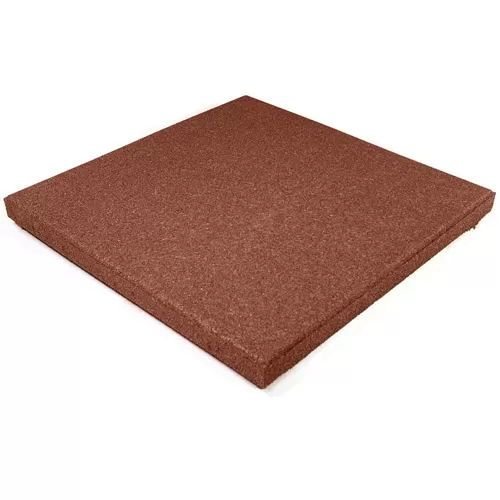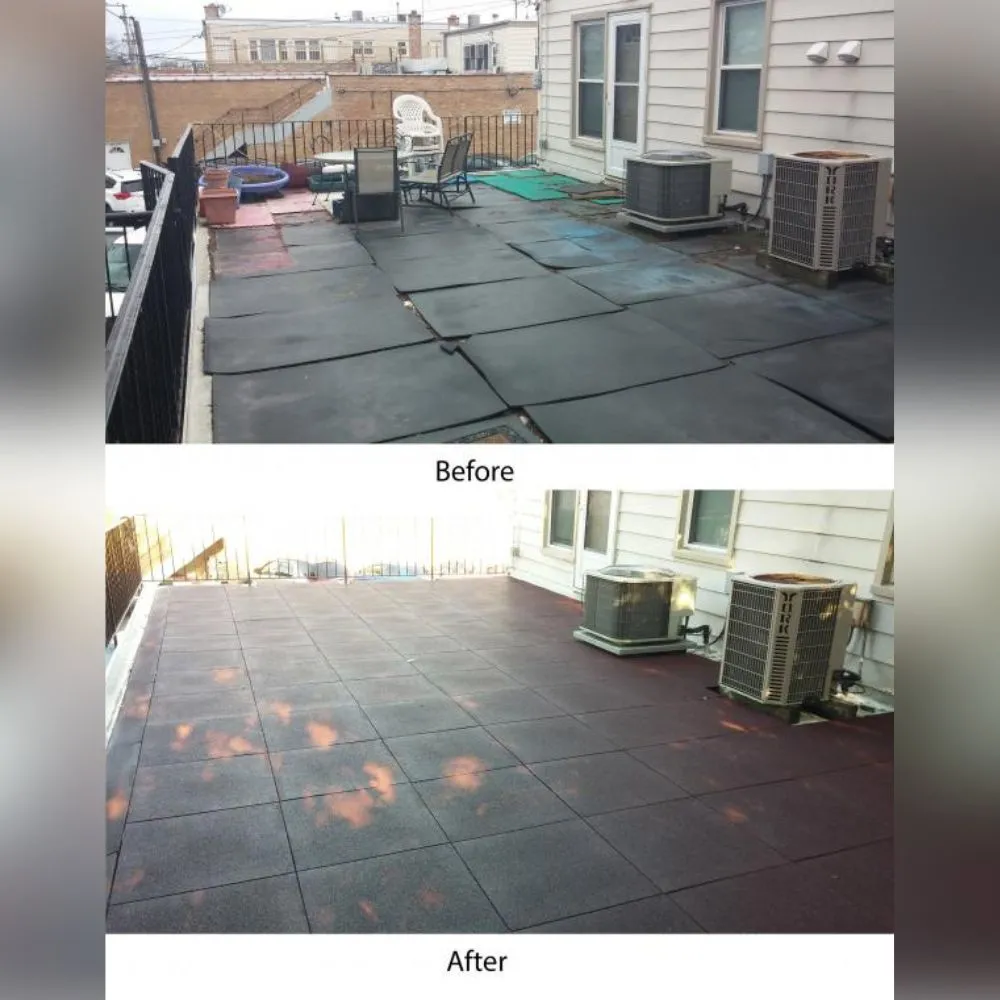Patio tiles can help you create the best outdoor space for gatherings, yielding comfort and style. Our tiles interlock for an easy installation process that works for a DIY job at home. They often have perforations to allow rainwater to drain through, meaning this decking can go over concrete, over grass, or over the top of a wood deck.
Article Library
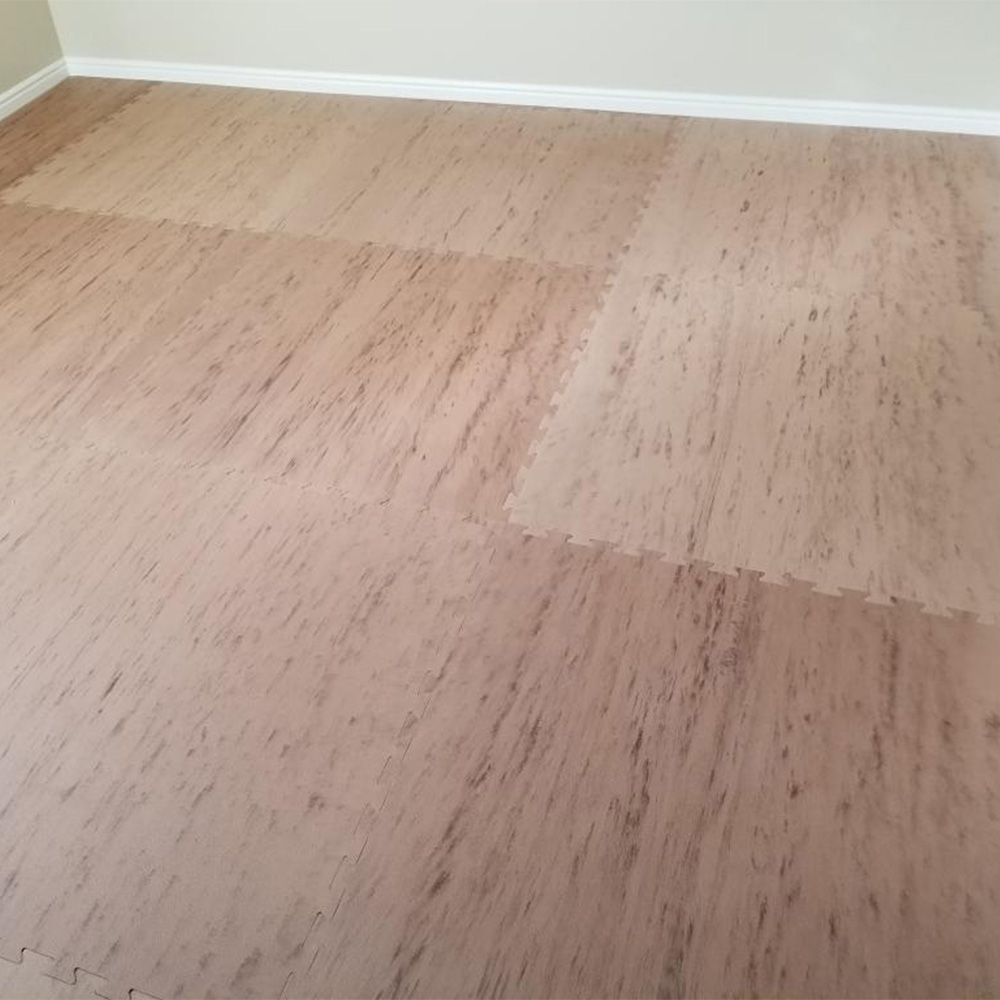

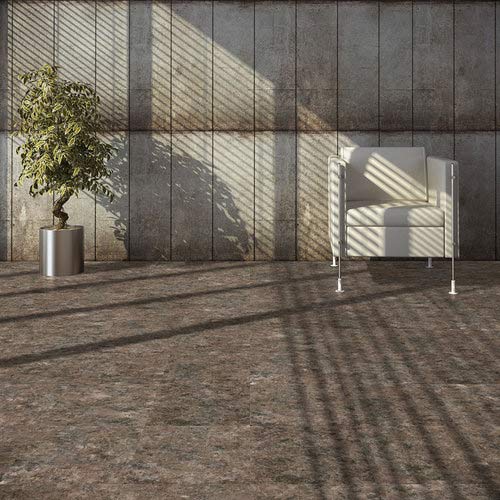


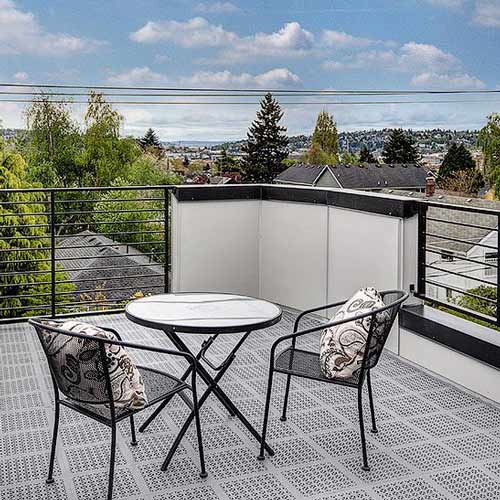


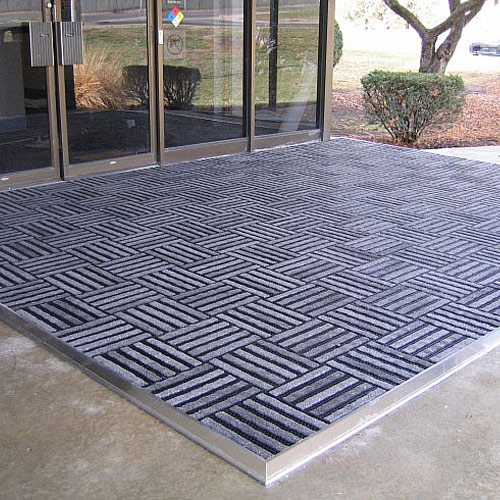

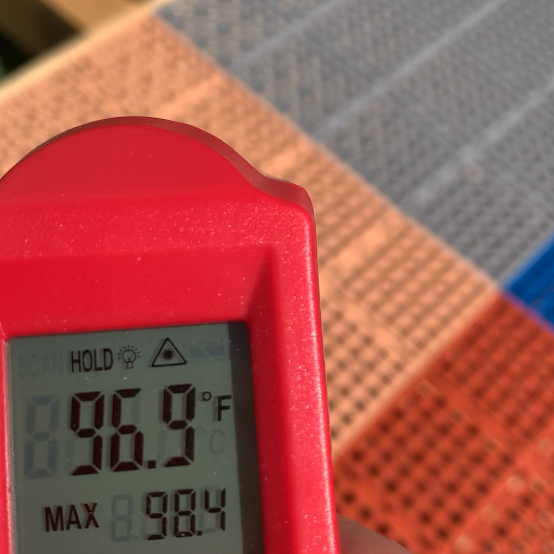

Video Library












Ideas Before You Buy Patio Tiles
Tips & considerations for purchasing patio tiles:
The following blogs offer tips on what aspects to look for in patio tiles before making a purchase. Wherever you plan to use this flooring, these are all important things to learn before making your final decision.- Find out how thick patio tiles are and what the desired thickness is for your application. Learn More: How Thick Are Patio Tiles?
- Learn why cutting rubber or plastic patio flooring products at Greatmats is relatively easy if you follow a basic process. Learn More: How Do You Cut Patio Flooring?
- Discover the best flooring options for outdoor patios, from rubber pavers to interlocking PVC tiles. Learn More: The Best Flooring Options for Outdoor Patios
Top 10 Questions About Patio Tiles
Below are the most popular questions we've received about outdoor patio tiles. Click the question to get a detailed answer and explanation on these topics.- How Do I Install Outdoor Flooring Over Grass or Dirt? Outdoor tiles that consist of slightly flexible material, such as PVC plastic, are able to conform to an uneven surface. This allows them to go over the top of grass or dirt without needing to perform a lot of preparation work in the area.
- Can You Lay Pavers Over Dirt? Placing paver stones directly over a dirt surface typically is not recommended, as it requires quite a bit of prep work to make the space suitable for the installation. Instead, consider installing PVC plastic tile or polypropylene tile over the top of the dirt, as such materials can conform to the potentially uneven dirt surface.
- What Are the Best Patio Tiles and Flooring Options for Outdoor Patios? To install DIY patio flooring, consider making use of PVC plastic, which has a flexible design that can go over the top of an uneven patio. Another option is a rubber patio tile, which provides significant durability, or a rubber/foam blended tile for comfort.
- What Can I Use As Temporary Flooring Over Grass? Placing tiles over a grass surface can create a sturdy flooring for chairs and tables during a temporary installation. Some tiles have perforations that allow water to drain through to the grass, which allows you to leave the tiles in place longer without harming the grass.
- What Are Some Tent Floor and Campsite Flooring Ideas? Creating a comfortable sitting area near a tent or at a campsite works nicely with the right patio tiles. Such tiles need to consist of flexible materials that can go over the top of uneven spaces or rocky ground. Foam and PVC tiles are lightweight and work well for carrying to campsites.
- What Are Some Soft Outdoor Patio Flooring Ideas for Kids? When children are playing in a patio area, you can use patio tiles that have a bit of cushioning in them to protect against falls. Foam and PVC plastic are popular selections for this use case, as these tiles have cushioning and traction in a design with multiple fun color options.
- What Is the Difference Among Nonslip Patio Tiles for Outside? Some of the most slip-resistant options for creating a patio space include materials like PVC plastic, waterproof carpeting, and rubber. Some people prefer clay-based tiles or stone tiles, but they don’t quite offer the same slip resistance.
- What Is the Best Screened-in Porch Flooring That’s Also Pet Friendly? Dog nails and cat claws can puncture extremely soft flooring, so look for durable flooring that’s also waterproof and slip resistant for this use case. Consider wood plastic composite, PVC plastic, or modular vinyl flooring tiles.
- Which Outdoor Patio Interlocking Tiles Can I Use Under a Grill? Flooring that will go underneath a grill needs to be able to stand up to heat generation and possible dripped grease. Durable tiles consisting of PVC plastic or rubber are excellent choices for this use case, as they are easy to clean and can stand up to all kinds of tough conditions.
- What Are the Best Temporary Patio Flooring Options? If you are setting up an event at your home or business, and if you want to host the event outdoors on a patio, temp patio flooring is the right choice. Interlocking tiles consisting of PVC plastic or polypropylene plastic are excellent choices for this planned use case.
Best Outdoor Patio Tiles Products
Patio Outdoor Tiles
Trust the Patio Outdoor Tiles product from Greatmats to deliver non-slip benefits in tiles available in multiple colors.
StayLock Perforated Tiles
The StayLock Perforated Tiles from Greatmats have perforations that go through the entire thickness of the tile, allowing rain to drain away quickly.
Ergo Matta Perforated Outdoor Tiles
With eight different bright colors available, our Ergo Matta Perforated Outdoor Tiles can provide a bit of unexpected style for a patio installation.
Max Playground Rubber Tiles
Although our durable Max Playground Rubber Tiles typically appear on playgrounds, they work well as patio tiles, too, and they appear in several different color options.
Sterling Roof Top Tiles
For a highly durable patio tile design, our rubber Sterling Roof Top Tiles measure 2 inches in thickness and are available in multiple different colors.
Patio Tile Customer Installations
Jews for Jesus Organization
Needing to replace worn rubber patio flooring, the Jews for Jesus Organization selected our rubber tiles, giving its outdoor gathering space new life.
Rubber Pavers: Sterling Roof Top Tile
Customer Doug VanWormer
Frustrated with having to scrape and stain his deck regularly, Greatmats customer Doug VanWormer selected our PVC tiles to go over the top of the structurally sound wood deck to reduce maintenance requirements.
Perforated PVC Tiles: Patio Outdoor Tiles
Patio Tile Installation & Maintenance Videos
How To Install Interlocking Outdoor Patio Tiles
Perforated Patio Tile Comparison - StayLock Tiles vs. Patio Outdoor Tiles
How to Remove and Replace Greatmats Patio Outdoor Tiles






